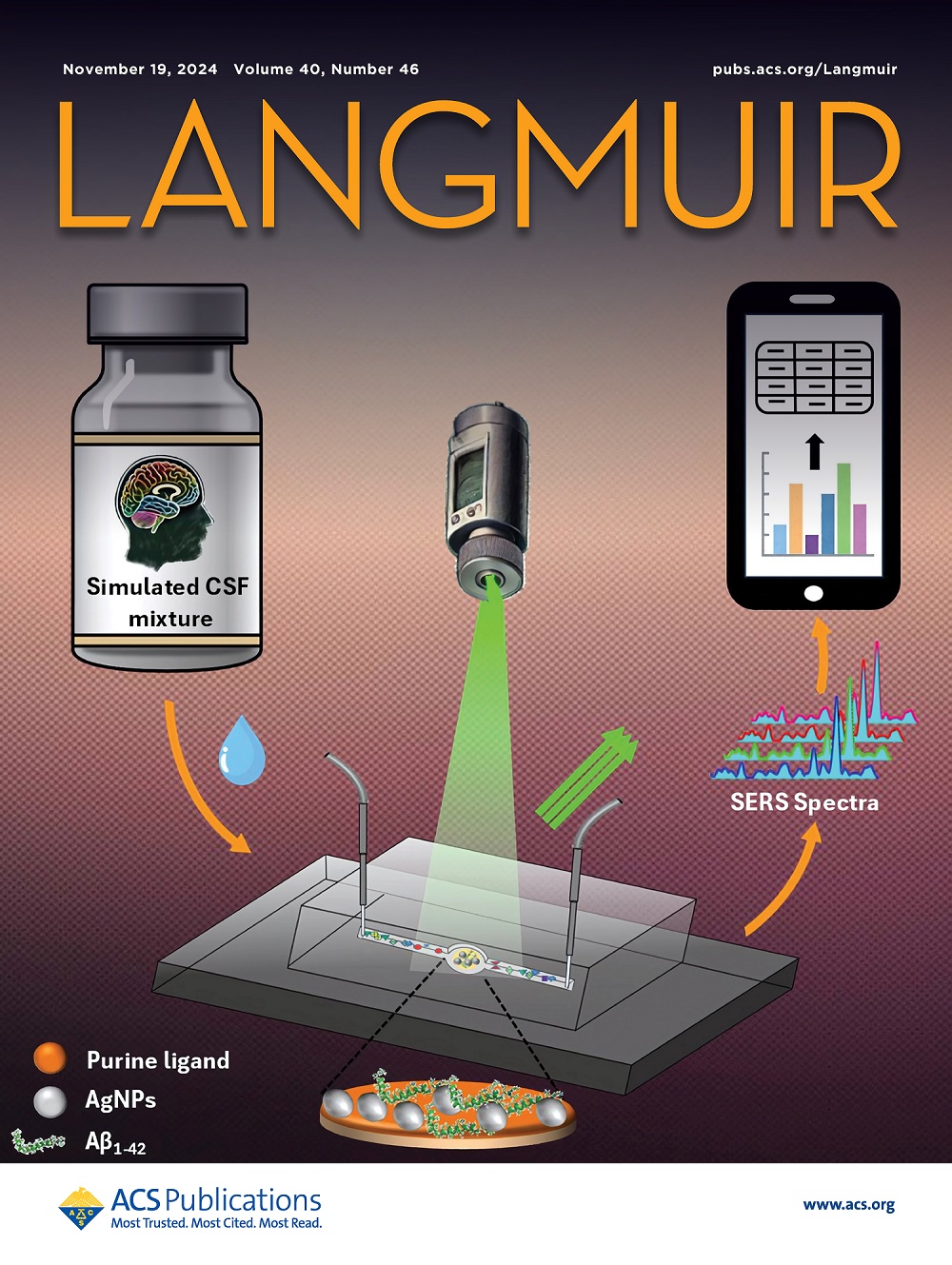Mechanism of High Hydrocarbon-Fuel-Gelation Performance of Ultralow-Concentration Bis-urea-Based Gellants
IF 3.7
2区 化学
Q2 CHEMISTRY, MULTIDISCIPLINARY
引用次数: 0
Abstract
Bis-urea-based gellants have garnered considerable attention due to their capacity to form all kinds of gels in solvents for multiple applications. Nevertheless, the range of applicable solvents is limited, and the synthesis process is complicated. Herein, we report a one-step synthesis process of bis-urea-based gellants (Bu(n)) for gelling nonpolar organic solvents, including high-energy fuels. Importantly, the critical gelation concentration (CGC) of Bu(n) decreases with the increase of alkyl chain length, and that of Bu18 is lower than 0.1 wt % in various hydrocarbon fuels. The discrepant gelation performance of gellants in solvents was investigated by molecular dynamics simulation and spectral characterizations. The results indicate that the electrostatic interaction between urea groups is vital to constructing a gellant framework, and the wide van der Waals (vdW) surface provided by alkyl groups helps to immobilize solvents. The nonbonding interactions between gellant molecules facilitate the formation of a 3D fibrous network structure, which further accumulates into a cambium layer structure. Due to the excellent gelation performance of gellants in fuels, the gel fuels perform the rheological characteristics of shear thinning and thixotropic recovering with calorific value remaining, thus demonstrating potential for application.

求助全文
约1分钟内获得全文
求助全文
来源期刊

Langmuir
化学-材料科学:综合
CiteScore
6.50
自引率
10.30%
发文量
1464
审稿时长
2.1 months
期刊介绍:
Langmuir is an interdisciplinary journal publishing articles in the following subject categories:
Colloids: surfactants and self-assembly, dispersions, emulsions, foams
Interfaces: adsorption, reactions, films, forces
Biological Interfaces: biocolloids, biomolecular and biomimetic materials
Materials: nano- and mesostructured materials, polymers, gels, liquid crystals
Electrochemistry: interfacial charge transfer, charge transport, electrocatalysis, electrokinetic phenomena, bioelectrochemistry
Devices and Applications: sensors, fluidics, patterning, catalysis, photonic crystals
However, when high-impact, original work is submitted that does not fit within the above categories, decisions to accept or decline such papers will be based on one criteria: What Would Irving Do?
Langmuir ranks #2 in citations out of 136 journals in the category of Physical Chemistry with 113,157 total citations. The journal received an Impact Factor of 4.384*.
This journal is also indexed in the categories of Materials Science (ranked #1) and Multidisciplinary Chemistry (ranked #5).
 求助内容:
求助内容: 应助结果提醒方式:
应助结果提醒方式:


